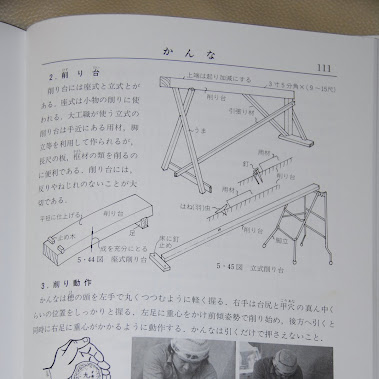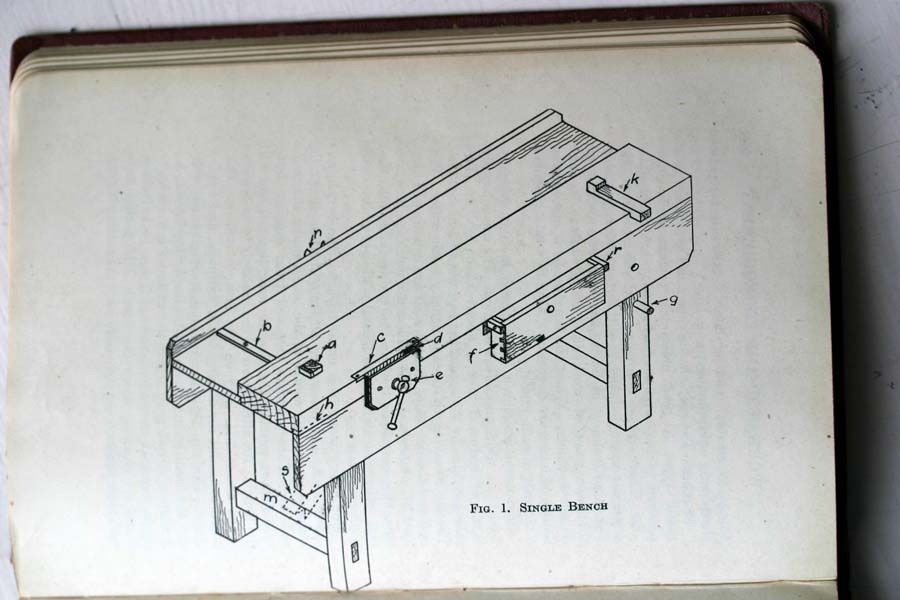Phil Pascoe
Established Member
Go for it - everyone needs to - just go to a decent timber merchant for PAR and forget CLS at B&Q, Wickes and so on. Don't start by deliberately making hard work.

Just a detail but for the trad bench (below) you only need one piece of beech. Two makes it a double sided such as you would see in schools and other establishments - a vice at each end on opposite sides.MusicMan":1g5hfdae said:I used a timber yard for two 12x3 slabs of beech for the top, and had no trouble getting them to run it through their big planer/thicknesser for me.





Except he completely omits any reference to the standard traditional British bench as found in schools colleges and wood work places everywhere. It's a major omission - the trad bench is far and away the best and easiest beginners bench and if your first one is any good you will probably never need another. Sellers version is a good.jnw010":2imfn51h said:Chris Schwartz has done a couple of excellent books on workbench designs. He doesn't just tell you what to do, but presents designs and features, explaining the pro's and cons. Well worth a read.
It's not narrow - it's a 30" wide bench with a well. Nearly everything gets done on the front beam, or spans to the back. It's normal, tried and tested. It's the size for joinery and furniture. If you were regularly doing smaller stuff then a flat table might be better, but I can always lay a board over the well instead.Ttrees":34hkx8eu said:....
Jacob, I'm surprised you have such a narrow surface for working on
Actually hardly ever need to cover it at all. A bit back I had some 20" square panels to plane and sand and did them on a bit of chipboard with laths on all four sides as stops. Draped cloth over to protect the underside from picking up marks. Probably would have done the same even if it had been a full width table.Ttrees":1o4mey4e said:I was thinking you might have done that a few times with the tool well.
I would probably need a cover, and flat at that! , if I was expected to be working on a door panel or something.
Thanks
Tom

graduate_owner":1o7qf50c said:Has anyone tried making their bench from plywood laminations glued together? It looks like an interesting method, especially if you are not too handy at cutting mortices ( or don't have a bench to work at for cutting mortices?).
K
It only seems a minefield because everyone chimes in with their own ideas of perfection (you did ask!) and muddies the water. Your original proposal sounds fine to me - a lot better than my first bench (a 2x2 frame with 18mm MDF top!). I would seriously recommend buying the timber anywhere but B&Q though.PennineRider":2z8tx8hw said:OK well it sounds like a minefield so I'm not going to bother.
Thanks all
Enter your email address to join: